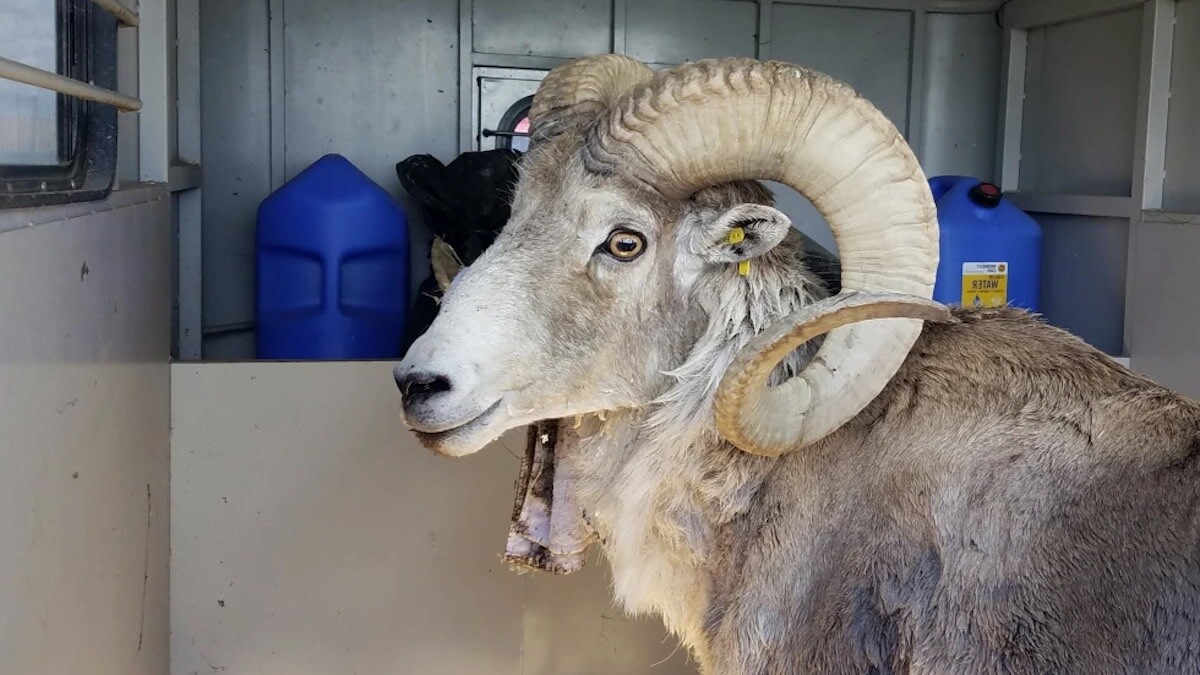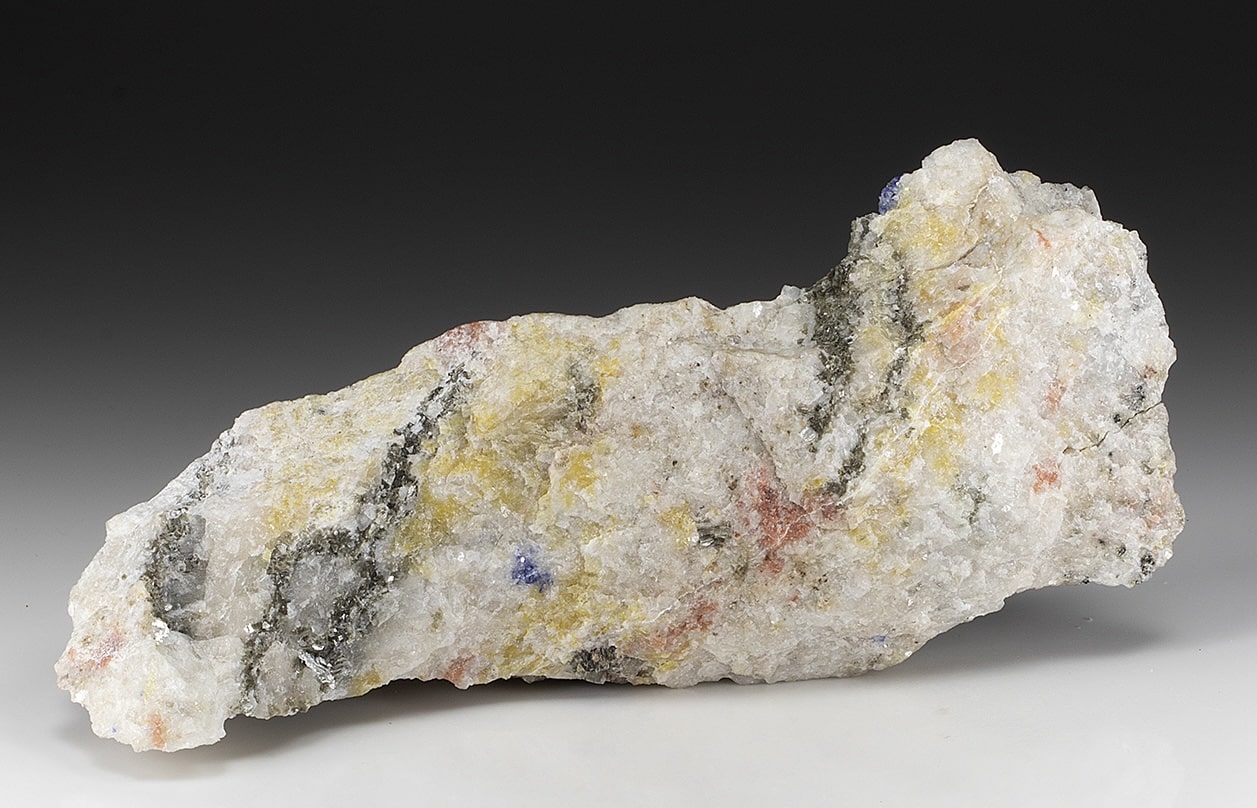
Ever heard of the Marco Polo sheep? Named after the famous explorer, these majestic creatures roam the rugged mountains of Central Asia. Known for their impressive spiral horns, Marco Polo sheep (Ovis ammon polii) are a sight to behold. Males can weigh up to 300 pounds and sport horns that stretch over 55 inches. These sheep thrive in high-altitude environments, enduring harsh conditions with their thick, woolly coats. Sadly, they face threats from poaching and habitat loss, making conservation efforts crucial. Dive into the world of Marco Polo sheep and discover what makes them so unique and vital to their ecosystem.
Key Takeaways:
- Marco Polo sheep, named after the famous explorer, have massive spiraled horns and live in Central Asia. They face threats like poaching and habitat encroachment, making conservation efforts crucial.
- These majestic sheep have thick, woolly coats and are highly social, living in flocks that can number in the hundreds. Their horns have agricultural, economic, and cultural significance.
The Majestic Marco Polo Sheep
The Marco Polo sheep, scientifically known as Ovis ammon polii, is a subspecies of argali sheep. Named after the famous explorer Marco Polo, these sheep are known for their impressive horns and ability to thrive in harsh environments. Let's dive into some fascinating facts about these incredible animals.
Origin and Habitat
Marco Polo sheep have a rich history and a unique habitat that sets them apart from other sheep species.
- Origin and Naming: Named after Marco Polo, who described them during his 13th-century travels. Zoologist Edward Blyth first scientifically described them in 1841.
- Habitat: Found in the mountainous regions of Central Asia, including the Pamir Mountains in Tajikistan, Kyrgyzstan, Afghanistan, and China.
Physical Characteristics
These sheep are not only large but also possess some of the most striking physical features among wild sheep.
- Physical Characteristics: Known for their massive spiraled horns, which serve as both a defense mechanism and a status symbol.
- Horn Size: Horns can span up to 140 centimeters (55 inches), making them among the longest of any sheep species.
- Horn Development: Horns start growing 15–20 days after birth, with significant growth in length during the first year and thickness in the first two years.
- Horn Rings: Annual rings on the horns can determine the age of males, while females lack horns, making age determination harder.
- Size: Males weigh between 200 to 300 pounds (90 to 140 kilograms), while females are slightly smaller.
- Coat Adaptation: Thick, woolly coat adapted to frigid high-altitude temperatures. Dark brown with white underparts, separated by a dark band of hair.
- Rump Patch: White patch on the rump, more defined in O. a. polii.
- Tail Length: Slightly longer tails than other argali subspecies, measuring around 12 to 16 centimeters (4.7 to 6.3 inches).
- Height: Rams grow to approximately 113 cm (44 in) at the withers, while ewes reach about 100 cm (39 in).
- Weight: Mature rams average 126 kg (278 lb), making them one of the heaviest wild sheep species.
Reproduction and Lifespan
Understanding their reproductive habits and lifespan offers insight into their survival strategies.
- Gestation Period: Lasts about 160 days, with single births being normal and twins uncommon. A captive ewe once gave birth to five lambs at once, then triplets two years later.
- Life Span: Average lifespan is 13 years.
Social Structure and Diet
Marco Polo sheep have interesting social behaviors and dietary preferences that help them survive in their harsh environment.
- Social Structure: Highly social, living in flocks that can number in the hundreds. Flocks are usually segregated by gender except during mating season.
- Diet: Herbivores, grazing on grasses and shrubs available in their mountainous environment.
Conservation Status and Challenges
These sheep face numerous threats that have led to their near-threatened status.
- Conservation Status: Classified as near threatened by the IUCN. Threats include poaching for their horns and habitat encroachment.
- Historical Significance: Considered mythical until 600 years after Marco Polo's description. Polo claimed natives used their horns to construct fences.
- Hunting Popularity: Became popular for hunting after Afghan King Mohammed Zahir Shah killed one. Uncontrolled hunting led to significant population decline.
- Population Decline: Population fluctuated greatly. In the 1920s, 1600 sheep were seen in a seven-day hunt. By 1991, only 45 remained.
- Current Population: Estimated at around 10,000 in 2003, half of the 1973 estimate.
- Density: Fewer than two animals per 1 square kilometer (0.39 sq mi).
- Protected Species: Included on Afghanistan's first list of protected species in June 2009.
- Illegal Trade: In 2024, an American man pled guilty to illegally importing body parts to create clone hybrids for private hunting reserves in Texas.
Agricultural and Economic Benefits
These sheep offer potential benefits beyond their natural habitat.
- Agricultural Benefits: Can be crossed with domestic sheep for larger, leaner meat cuts. Their meat lacks the muttony flavor of domestic sheep, making it a consumer favorite.
- Horn Utilization: Horns can be valuable. Shepherds use them to craft large bowls or build pens. They also serve decorative purposes or as status symbols.
- Hide and Wool Value: Thick wool can be used for insulation, and hides for leather production.
Habitat Challenges and Human Impact
Human activities and environmental challenges significantly affect their survival.
- Habitat Challenges: Forage availability is a significant challenge. Domestic sheep grazing in the Chinese Pamirs during summers reduces vegetation for wild sheep in winter.
- Avoidance Behavior: Wild sheep avoid these areas in winter. An earlier survey estimated fewer than 250 Marco Polo argali in China.
- Tajikistan's Role: Home to a significant portion of the population. The country's mountainous terrain provides a suitable habitat.
- Human Impact: Hunting and habitat encroachment negatively impact their population. Lack of law enforcement and veterinary care also contribute to their decline.
Behavior and Local Significance
Their unique behaviors and cultural significance make them a fascinating subject of study.
- Fighting Behavior: Males rise on hind legs to clash with opponents, similar to goats. During fights, they emit grunts and often chip horns or break noses.
- Dominance Establishment: After establishing dominance, rams select ewes. During the rut, males pair off with females to reproduce.
- Rutting Season: Occurs in December, the mating season for these animals.
- Breeding Habits: Single births are normal, twins uncommon. A captive ewe once gave birth to five lambs at once, then triplets two years later.
- Disease Susceptibility: No data on disease susceptibility. Tests on similar species may provide insights. Reluctance to approach people reduces the likelihood of catching diseases common to domestic flocks.
- Local Names: Known as "nakhjipar" in Badakhshan Province, Afghanistan, and "ra-ma-poy" in Wakhi, the language of Khunjerab region natives.
- Historical Descriptions: Described by Marco Polo in his book "The Travels of Marco Polo," noting their impressive horns and their use by shepherds.
- Cultural Significance: Considered a symbol of the untamed wild. Highly prized by wildlife enthusiasts and hunters.
- Conservation Efforts: Efforts to protect them from poaching and habitat encroachment. Included on protected species lists, with conservation organizations working to preserve habitats and reduce human impact.
The Majestic Marco Polo Sheep
Marco Polo sheep, with their impressive spiral horns and adaptation to high-altitude environments, are truly fascinating creatures. These sheep inhabit the rugged terrains of Central Asia, thriving in places like the Pamir Mountains. Their massive horns, which can reach up to 55 inches, are a standout feature, symbolizing status among rams. Despite their majestic presence, they face threats from poaching and habitat encroachment, leading to a near-threatened status. Conservation efforts are crucial to ensure their survival. With a lifespan of around 13 years, these social animals live in large flocks, grazing on grasses and shrubs. Their historical significance, described by Marco Polo himself, adds to their allure. Protecting their habitat and reducing human impact are essential steps in preserving this magnificent species for future generations.
Frequently Asked Questions
Was this page helpful?
Our commitment to delivering trustworthy and engaging content is at the heart of what we do. Each fact on our site is contributed by real users like you, bringing a wealth of diverse insights and information. To ensure the highest standards of accuracy and reliability, our dedicated editors meticulously review each submission. This process guarantees that the facts we share are not only fascinating but also credible. Trust in our commitment to quality and authenticity as you explore and learn with us.


